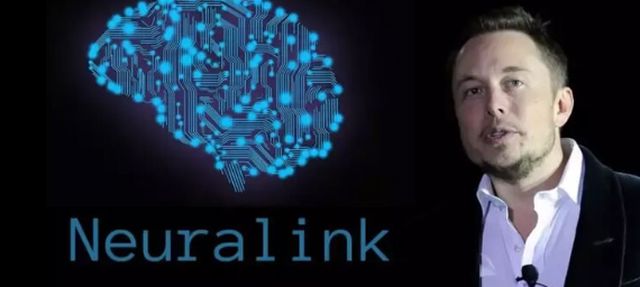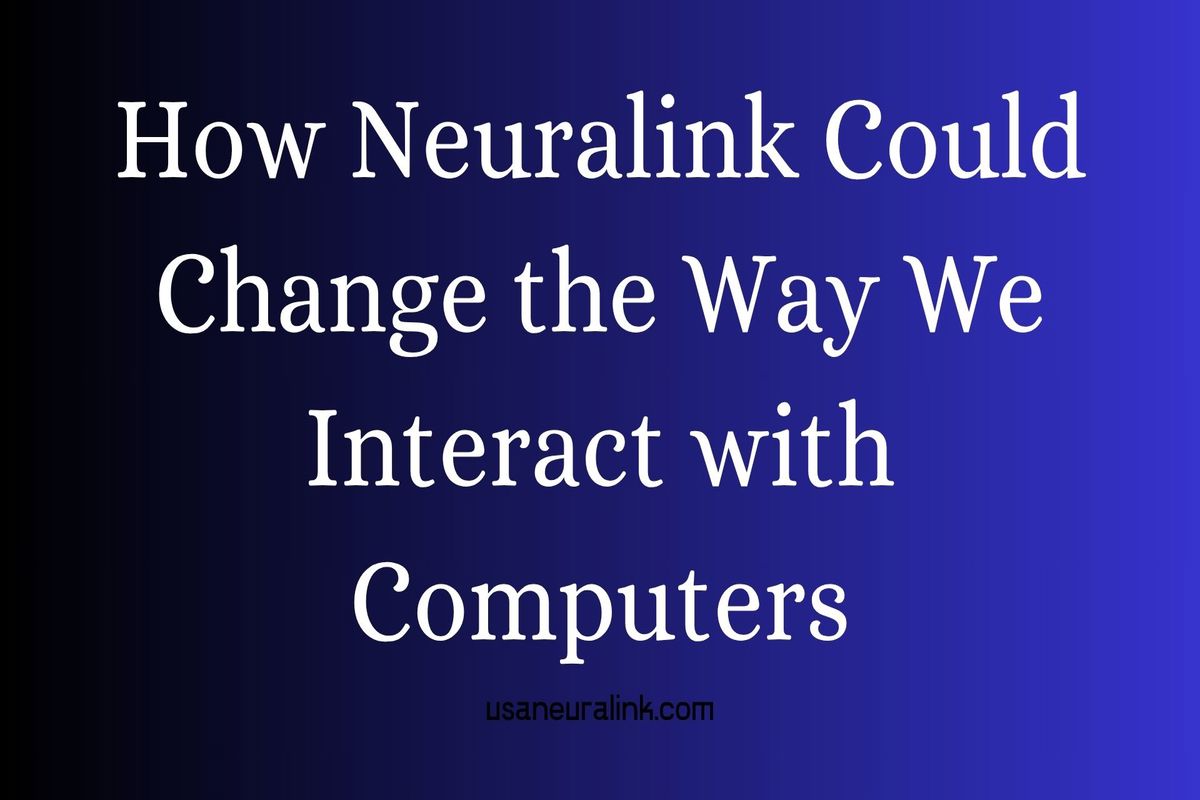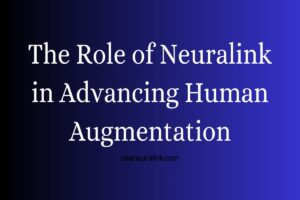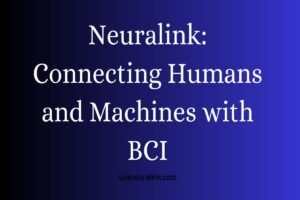Neuralink’s Role in Decoding Brain Activity
April 12, 2025 | Neuroscience, Technology, Neuralink
The human brain is a marvel of nature, a complex network of neurons firing in harmony to create thoughts, memories, and actions. But what if we could tap into this intricate system, decode its signals, and use that knowledge to enhance lives? Enter Neuralink, a groundbreaking company pushing the boundaries of brain-computer interface (BCI) technology. In this article, we’ll explore Neuralink’s role in decoding brain activity, its potential to revolutionize healthcare and human capability, and what the future holds for this transformative technology.
What Is Neuralink?
Neuralink, founded by Elon Musk in 2016, is a neurotechnology company developing implantable brain-computer interfaces. These devices aim to connect the human brain directly to computers, enabling seamless communication between biological and digital systems. By decoding brain activity, Neuralink’s technology could treat neurological disorders, restore lost functions, and even enhance cognitive abilities.
At its core, Neuralink’s mission is to bridge the gap between humans and artificial intelligence (AI). As Musk has stated, the goal is to ensure humanity can “keep pace” with rapidly advancing AI. But beyond futuristic visions, Neuralink’s immediate focus is on medical applications—helping people with conditions like paralysis, epilepsy, or Parkinson’s disease.

Why Decoding Brain Activity Matters
Decoding brain activity means translating the electrical signals of neurons into meaningful data. Every thought, movement, or sensation generates a unique pattern of neural activity. By understanding these patterns, scientists can develop therapies for brain-related disorders or create interfaces that allow people to control devices with their minds.
For example, imagine a person with spinal cord injury regaining the ability to move a robotic arm just by thinking about it. Or picture someone with locked-in syndrome communicating through a computer interface. Neuralink’s work in decoding brain activity is paving the way for these life-changing possibilities.
How Neuralink Decodes Brain Activity
Neuralink’s technology revolves around a small, implantable device called the “Link.” This device, roughly the size of a coin, is embedded in the skull and connected to thousands of tiny electrodes that penetrate the brain’s surface. These electrodes record and stimulate brain activity with unprecedented precision.
Here’s a breakdown of how Neuralink decodes brain activity:
1. Recording Neural Signals
The Link’s electrodes capture electrical impulses from neurons in real time. These impulses, or “spikes,” represent the brain’s communication system. By mapping these spikes, Neuralink can identify patterns associated with specific thoughts or actions.
2. Processing Data with AI
Raw neural data is complex and voluminous. Neuralink uses advanced algorithms and machine learning to process this data, identifying meaningful patterns. For instance, the system might learn that a certain spike pattern corresponds to the intention to move a hand.
3. Translating Signals into Actions
Once patterns are decoded, Neuralink’s software translates them into commands for external devices, like a computer cursor or prosthetic limb. This translation happens almost instantaneously, creating a seamless brain-to-machine connection.
4. Stimulating the Brain
Beyond recording, the Link can also send electrical pulses to stimulate neurons. This capability could restore functions lost to injury or disease, such as vision or movement.
The Role of the Neuralink Implant
The Neuralink implant is designed to be minimally invasive, with a surgical robot performing the implantation to ensure accuracy. Unlike older BCI systems, which used bulky wires and limited electrodes, Neuralink’s device is wireless and scalable, supporting thousands of channels for richer data collection.
Applications of Neuralink’s Brain-Decoding Technology
Neuralink’s ability to decode brain activity opens up a world of possibilities. Here are some key applications:
1. Treating Neurological Disorders
Neuralink aims to address conditions like Alzheimer’s, Parkinson’s, and epilepsy by monitoring and modulating brain activity. For example, in epilepsy, the Link could detect seizure-inducing patterns and deliver targeted stimulation to prevent them.
2. Restoring Mobility and Sensation
For individuals with paralysis or amputations, Neuralink’s technology could enable control of prosthetic limbs or exoskeletons. Early trials have shown promise, with Neuralink demonstrating a monkey playing a video game using only its brain signals.
3. Enabling Communication for Locked-In Patients
People with severe communication impairments, such as those with ALS, could use Neuralink to “type” or speak through thought alone. This could dramatically improve quality of life for those unable to express themselves.
4. Enhancing Cognitive Abilities
While still speculative, Neuralink’s long-term vision includes cognitive enhancement—improving memory, learning, or focus. This raises ethical questions, but the potential to augment human intelligence is undeniably intriguing.
5. Merging with AI
Elon Musk envisions Neuralink as a way to integrate human cognition with AI, creating a symbiotic relationship. This could mean faster problem-solving, access to vast digital knowledge, or even new forms of creativity.
Challenges and Ethical Considerations
While Neuralink’s advancements are exciting, they come with challenges and ethical concerns that must be addressed.
Technical Hurdles
Decoding brain activity is incredibly complex. The brain contains billions of neurons, and we’re only beginning to understand their interactions. Scaling Neuralink’s technology to decode more complex thoughts or emotions will require significant breakthroughs in neuroscience and AI.
Privacy Concerns
A device that reads brain activity raises serious privacy questions. Who owns the data generated by your brain? Could it be hacked or misused? Neuralink must prioritize robust security measures to protect users.
Ethical Implications
The prospect of cognitive enhancement or AI integration sparks debate about inequality and identity. If only the wealthy can afford brain upgrades, could this widen social gaps? And where do we draw the line between therapy and enhancement?
Regulatory Approval
As a medical device, Neuralink’s implant faces rigorous regulatory scrutiny. The company has begun human trials, but widespread adoption will require proving safety and efficacy over years.
The Future of Neuralink and Brain Decoding
Neuralink’s progress is accelerating, with human trials underway as of 2025. Early results are promising, but the technology is still in its infancy. Over the next decade, we can expect advancements in electrode design, data processing, and clinical applications.
Imagine a world where:
- Stroke survivors regain full mobility through thought-controlled exoskeletons.
- Mental health conditions are treated with precise neural stimulation.
- People interact with virtual reality using only their minds.
These scenarios, once science fiction, are inching closer to reality thanks to Neuralink’s work in decoding brain activity.
Why Neuralink Matters to You
You might wonder, “How does Neuralink affect me?” Even if you’re not a patient or tech enthusiast, Neuralink’s innovations could reshape society. From improving healthcare to redefining how we interact with technology, brain-computer interfaces will likely touch every aspect of life.
For now, Neuralink is a beacon of hope for those with neurological challenges. Its success could mean a future where no one is limited by their physical or mental constraints.
Conclusion
Neuralink’s role in decoding brain activity is a game-changer for neuroscience, medicine, and technology. By translating the brain’s signals into actionable data, Neuralink is unlocking new ways to heal, connect, and enhance human potential. While challenges remain, the company’s vision—of a world where brains and machines work in harmony—is inspiring.
What do you think about Neuralink’s mission? Are you excited about the possibilities, or do you have concerns? Share your thoughts in the comments below, and stay tuned to usaneuralink.com for the latest updates on this revolutionary technology.
Share this content:






















Post Comment